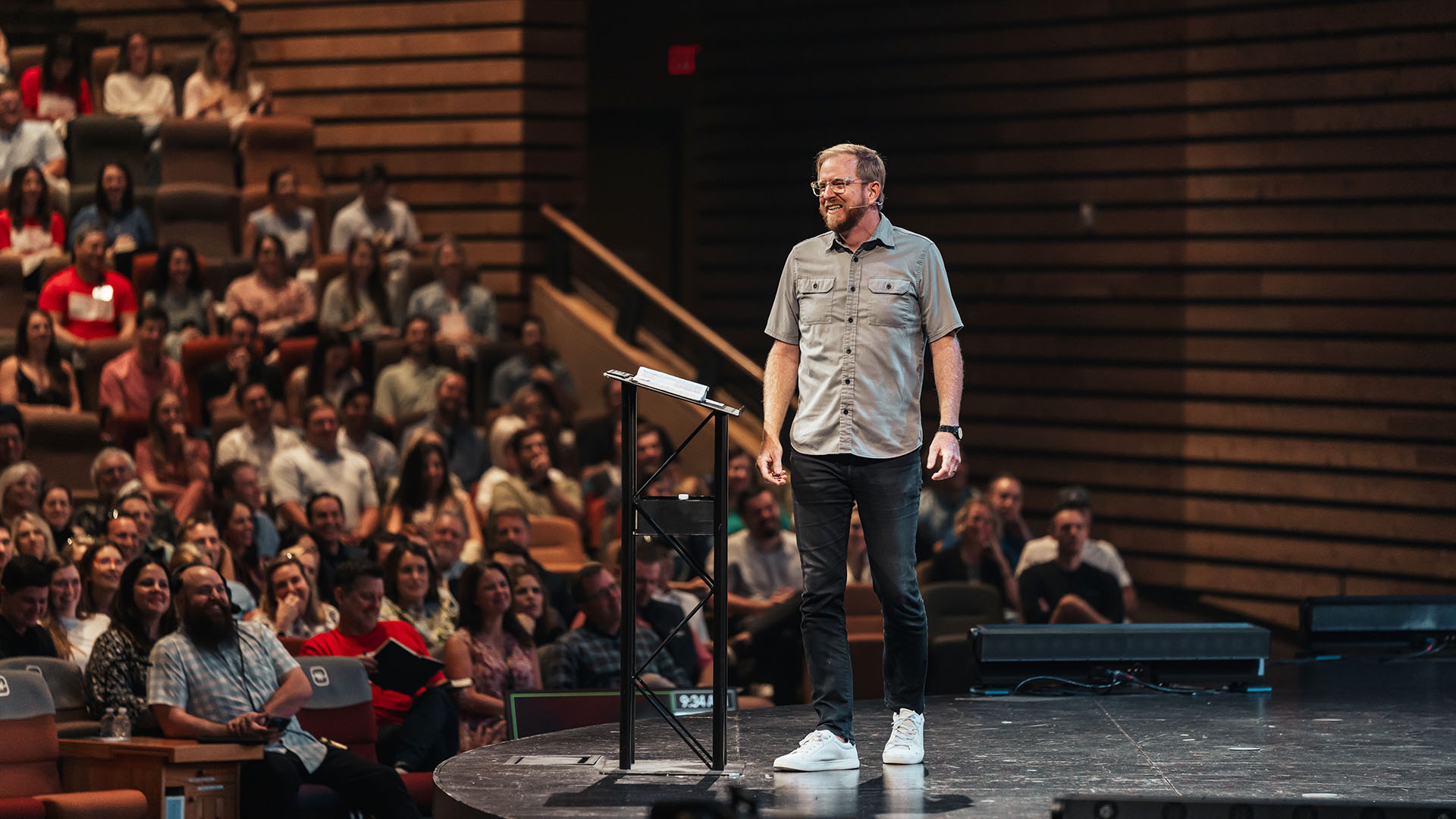Show Your Wounds To Share Your Savior
When we meet someone new, we tend to put our best foot forward, emphasizing our life’s highlights and accomplishments: I’m an engineer. I went to UT. I’m married with three kids. Most of us don’t lead out with our all-time lowest moments or biggest failures. But what if we did?
The Apostle Thomas has an unfortunate legacy as a “doubter.” The Bible gives us few details about his life. He’s best known for declaring to the other disciples, who claimed to have seen the risen Christ, that he would not believe it unless he saw for himself: “Unless I see the nail marks in his hands and put my finger where the nails were, and put my hand into his side, I will not believe” (John 20:25).
God understands human limitations and is gentle with these creatures He made from dust.
Interestingly, though, Jesus was not angry with Thomas for doubting. Instead, He returned a week later while Thomas was present and invited Thomas to see and touch his wounds and believe. He shows Thomas the same patience that God showed Gideon when he put out his fleece (Judges 6) and Mary when she asked how she, a virgin, could possibly conceive a son (Luke 1). He understands human limitations and is gentle with these creatures He made from dust.
Feeling Christ’s wounds affects Thomas profoundly. He is immediately overcome with awe and declares Jesus to be “My Lord and my God”--making him the very first person to address Him this way. He goes on to reach more people groups for Christ and travel further geographically in his missionary journeys than any other apostle, eventually being martyred for his faith in India. The power of seeing mortal wounds on the resurrected Christ created unstoppable faith that Thomas was compelled to share.
Each of us also carries the marks of sin and death, and if we are in Christ, we also know the power of resurrection. The same power that raised Christ also raised us from where we were dead in our sin. As we walk in this wonderful new life and rightly turn away from sin completely, we are sometimes tempted to conceal or forget the wounds that have been healed. In truth, sharing our wounds is a powerful way to share our Savior.
When we invite others to put their hands in our wounds of adultery, alcoholism, pride, loss, or past abuse, we tell them how Christ raised us from the dead.
Your wounds—addictions, failures, and past chains that you’re now free from—will open far more doors for the Gospel than any seminary credentials or accolades. People can relate to your wounds because everyone is wounded; it’s common ground. But where they may still be longing for healing, you have a Savior. You stand before them with the proof of resurrection life. It is by far the most powerful argument for our faith. People will argue with theology and nitpick doctrine, but they can’t argue with wounds. When we invite others to put their hands in our wounds of adultery or alcoholism or pride or loss or past abuse, we tell them how Christ raised us from the dead—and that He’ll do the same for them.
It’s okay if the idea of unpacking the things you’re most ashamed of with others seems uncomfortably intimate. It is! The picture of Thomas placing his hand in Jesus’ side is uncomfortably intimate as well. It’s counterintuitive to lead out with our vulnerabilities, especially when the struggle with sin is ongoing. Remember that God, as a rescuer, is always at work. Even if your wounds haven’t fully healed yet, you’ve still been given new life, and He isn’t finished with you.
The idea of highlighting our wounds is biblical. Jacob—deceiver, con man—walked with a limp for the rest of his life after wrestling with God, and when he’s mentioned among other heroes of the faith in Hebrews 11, the author makes a point of noting that “he leaned on his staff” as he blessed his grandchildren at the end of his life. Why include that detail? Because it was by that wound that Jacob knew he needed God, and his Savior rescued him. It was a reminder that though Jacob wasn’t a good person, he had a good Savior, and that made all the difference.
This idea is repeated throughout Scripture. 2 Samuel reminds us that Mephibosheth was crippled. Mary Magdalene, who funded Jesus’ ministry, is instead identified as the woman out of whom he drove seven demons. The Garasene demoniac, though he begs to go with Jesus after his healing, is sent home to tell his family and friends what God did for him. The man who used to cut himself with stones in his anguish now used his wounds to tell the story of salvation. People will certainly be in heaven eternally because of his courage and faithfulness.
Let's share our wounds boldly, wearing them as reminders not of our own progress, but of our God’s goodness.
Let's share our wounds boldly, wearing them as reminders not of our own progress, but of our God’s goodness. Instead of presenting ourselves in a flattering light and distancing ourselves from the wounds of our past, let's leverage them to prove Christ’s power to a lost world. After encountering the risen Lord, how can we do anything less?
About The Author

Our desire is to bring glory to God by equipping and inspiring churches around the world to be and make disciples.
*This article is an excerpt from John Elmore’s closing mainstage session during the 2021 Church Leaders Conference. If you want more content like this, join us at this year’s CLC. *
